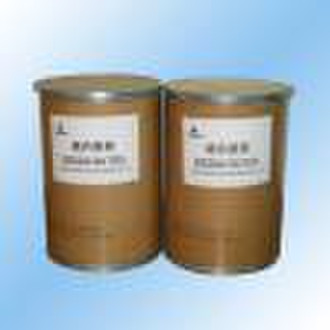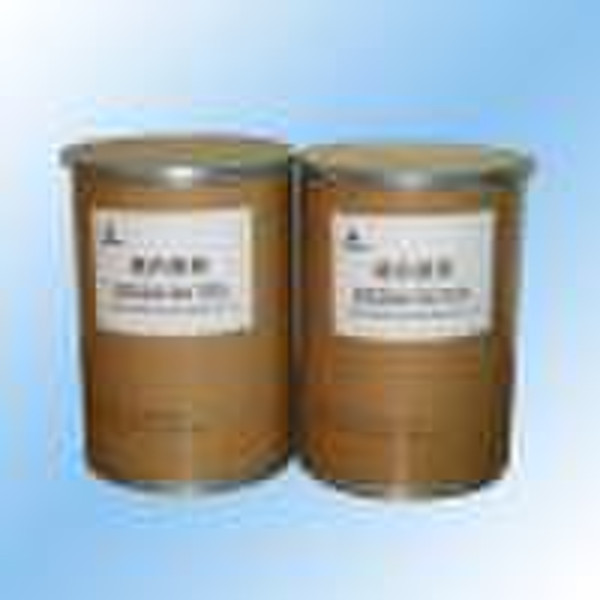Catalog
-
Catalog
- Agriculture
- Apparel
- Automobiles & Motorcycles
- Beauty & Personal Care
- Business Services
- Chemicals
- Construction & Real Estate
- Consumer Electronics
- Electrical Equipment & Supplies
- Electronic Components & Supplies
- Energy
- Environment
- Excess Inventory
- Fashion Accessories
- Food & Beverage
- Furniture
- Gifts & Crafts
- Hardware
- Health & Medical
- Home & Garden
- Home Appliances
- Lights & Lighting
- Luggage, Bags & Cases
- Machinery, Hardware & Tools
- Measurement & Analysis Instruments
- Mechanical Parts & Fabrication Services
- Minerals & Metallurgy
- Office & School Supplies
- Packaging & Printing
- Rubber & Plastics
- Security & Protection
- Service Equipment
- Shoes & Accessories
- Sports & Entertainment
- Telecommunications
- Textiles & Leather Products
- Timepieces, Jewelry, Eyewear
- Tools
- Toys & Hobbies
- Transportation
Filters
Search
Endosulfan

sara Leung
Contact person
Basic Information
| Classification | Insecticide |
|---|---|
| Place of Origin | China |
| Brand Name | Anpon |
| State | Liquid |
Endosulfan Insecticide organochlorineFeatures: 1) Common name: endosulfan 2) Structural formula:3) Chemical name: (1,4,5,6,7,7-hexachloro-8,9,10-trinorborn-5-en-2,3-ylene- bismethylene)sulfite 4) Molecular formula: C9H6Cl6O3S 5) Molecular weight: 406.9 6) CAS no.: 115-29-7Physical-chemical properties 1) Composition: Endosulfan is a mixture of two stereoisomers: alpha-endosulfan, endosulfan(I), stereochemistry 3α, 5aβ, 6α, 9α, 9aβ-, comprising 64 - 67% of the tech. grade;beta-endosulfan, endosulfan(II), stereochemistry 3α, 5aα, 6β, 9β, 9aα-, 29 - 32% 2) Appearance: colorless crystals (tech., cream to brown, mostly beige) 3) Melting point: >=80oC (tech.); α: 109.2oC; β:213.3oC 4) Vapor pressure: 0.83mPa (20oC) for 2:1 mixture of α- andβ-isomers 5) S.g./density: c.1.8 (20oC) (tech) 6) Solubility: a) In water alpha-endosulfan 0.32, beta-endosulfan 0.33 (both in mg/L, 22oC) b) In ethyl acetate, dichloromethane, toluene 200, ethanol c.65, hexane c.24 (all in g/L, 20oC)7) Stability: stable to sunlight, slowly hydrolysed in aqueous acids and alkalis, with the formation of diol and sulfur dioxideTechnical specifications:Endosulfan 94% tech.: a) a.i. content: 94.0% b) Water: 0.10% c) Loss on heating: 2.0% d) Acidity (H2SO4) : 0.10% e) Appearance: white to slightly yellow flakeFormulation: 35ECEndosulfan 35% EC a) a.i. content : >=35.0% b) Stability: qualified c) Water: 0.10% d) Acidity: 0.10% e) Appearance: slightly brown transparent liquidAnalysis: GCPackaging: cardboard drum with plastic bag insideApplications: 1) Action: non-systemic insecticide and acaricide with contact and stomach action 2) Uses: a) Control of potato beetles and cotton bollworms b) Also controls other sucking, chewing and boring insects and mites on a very wide range of crops; including maize, tobacco, vegetables, fruit (including citrus), vines, olives, ornamentals, cucurbits, tea, coffee, rice, cereals, sorghum, oilseed crops, sugar cane, alfalfa, mushrooms, forestry, glasshouse crops, etc.Toxicology: 1) Oral: acute oral LD50 for rats 70mg (in aqueous suspension)/kg, 110mg tech. (in oil)/kg, 76mg alpha-isomer/kg, 240mg beta-isomer/kg; for dogs 77mg tech./kg 2) Skin and eyes: acute percutaneous LD50 for rabbits 359mg(in oil)/kg; for male rats >4000, female rats 500mg/kg 3) Inhalation: LC50 (4h) for male rats 0.0345, female rats 0.0126mg/L 4) NOEL (2y): for rats 15ppm diet; (ly) for dogs 10ppm diet 5) ADI: (JMPR) 0.006mg/kg b.w. 6) Birds: acute oral LD50 for mallard ducks 205 - 245, ring-necked pheasants 620 - 1000mg/kg 7) Fish: highly toxic LC50 (96h) for golden orfe 0.002mg/L water, but in practical use, should be harmless to wildlife 8) Bees: not toxic to bees under field conditions at an application rate of 1.6L/ha (560g endosulfan/ha)Payment Term: L/C at sight
-
Payment Methods
We accept:









